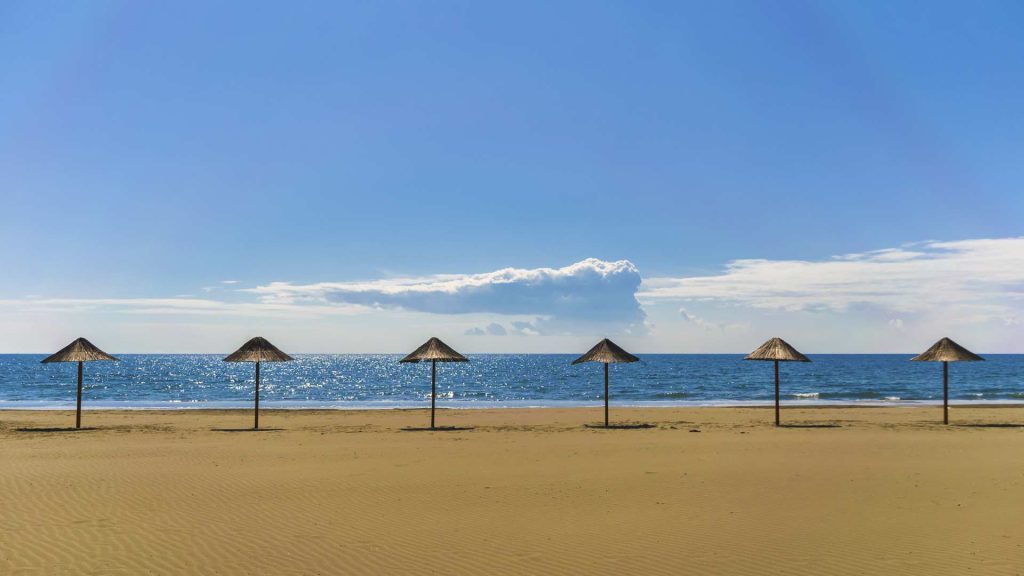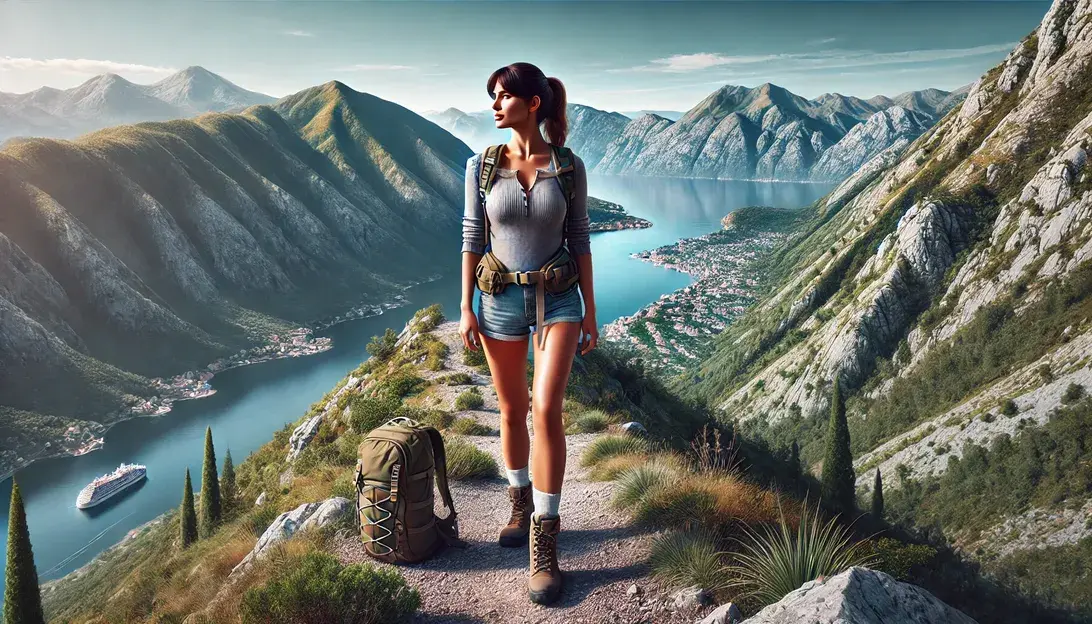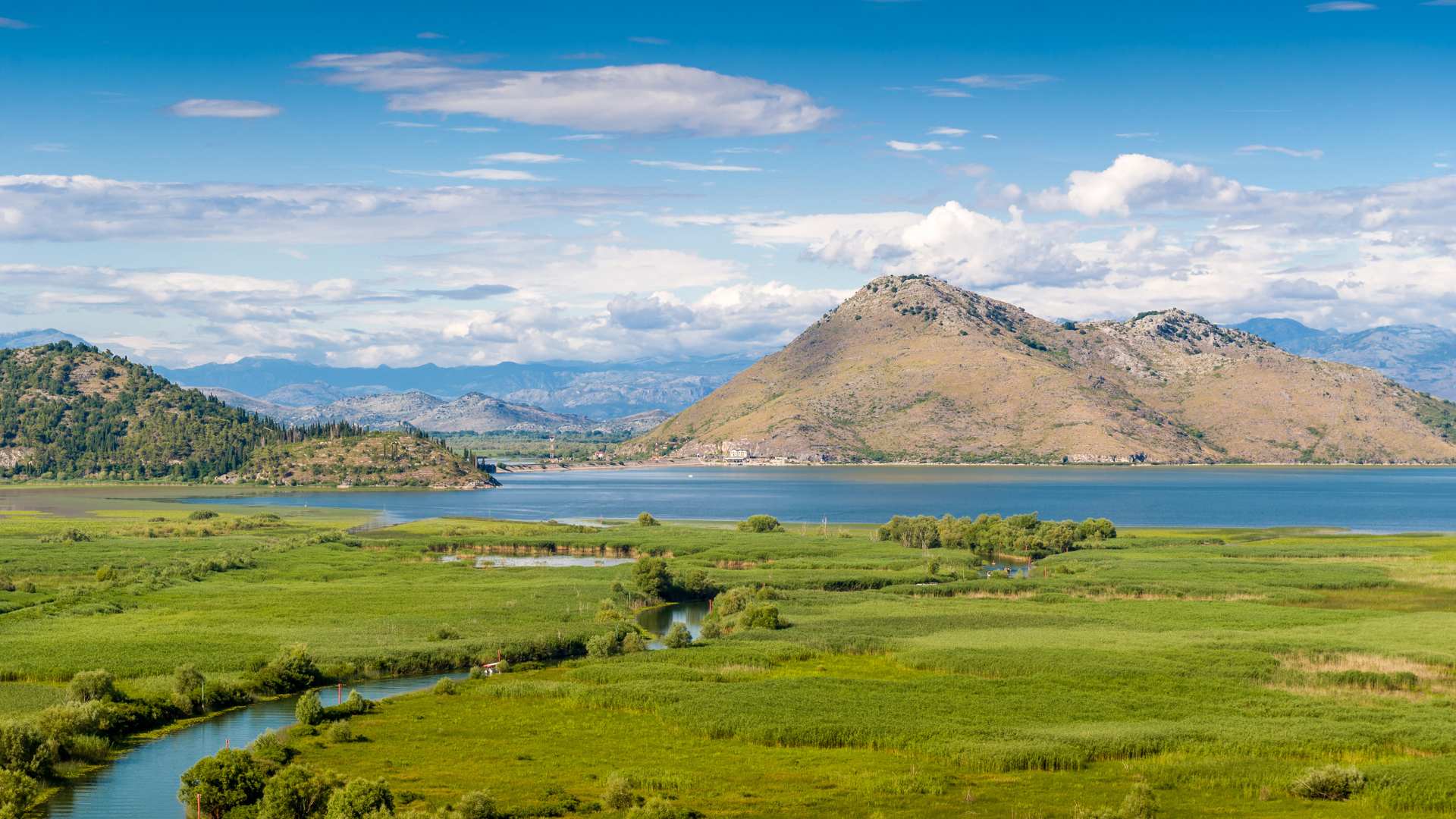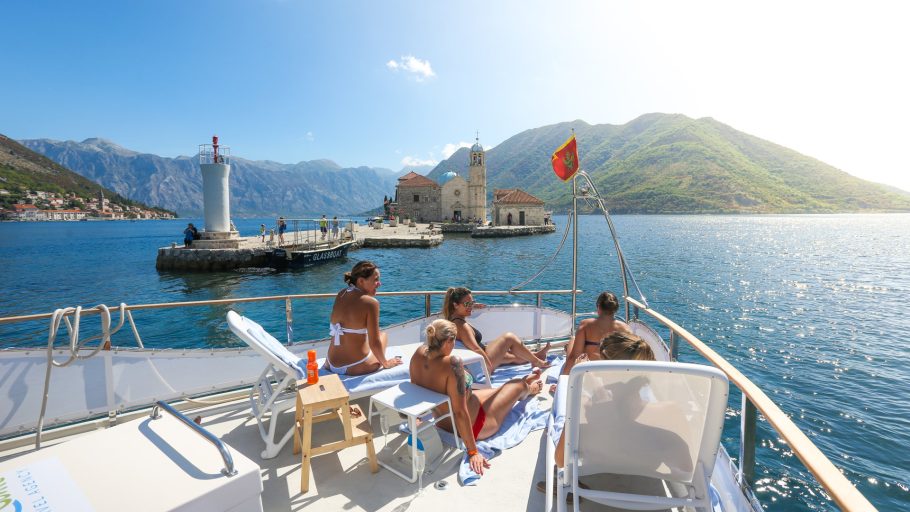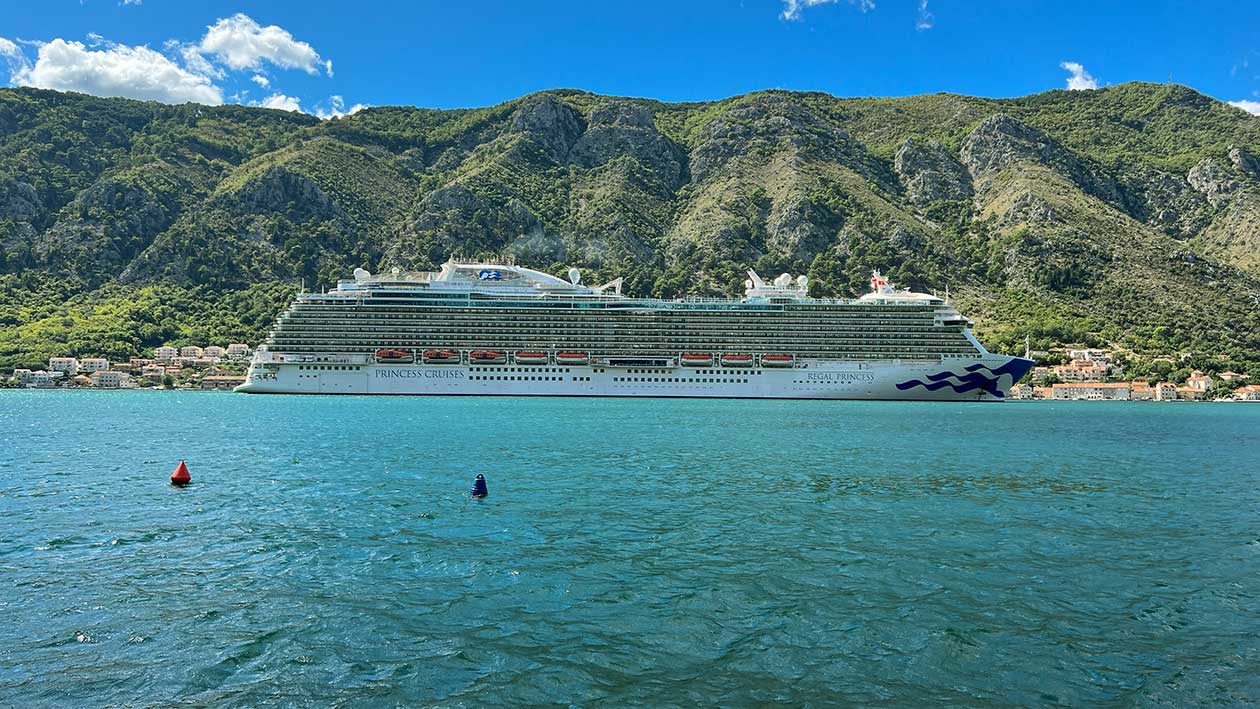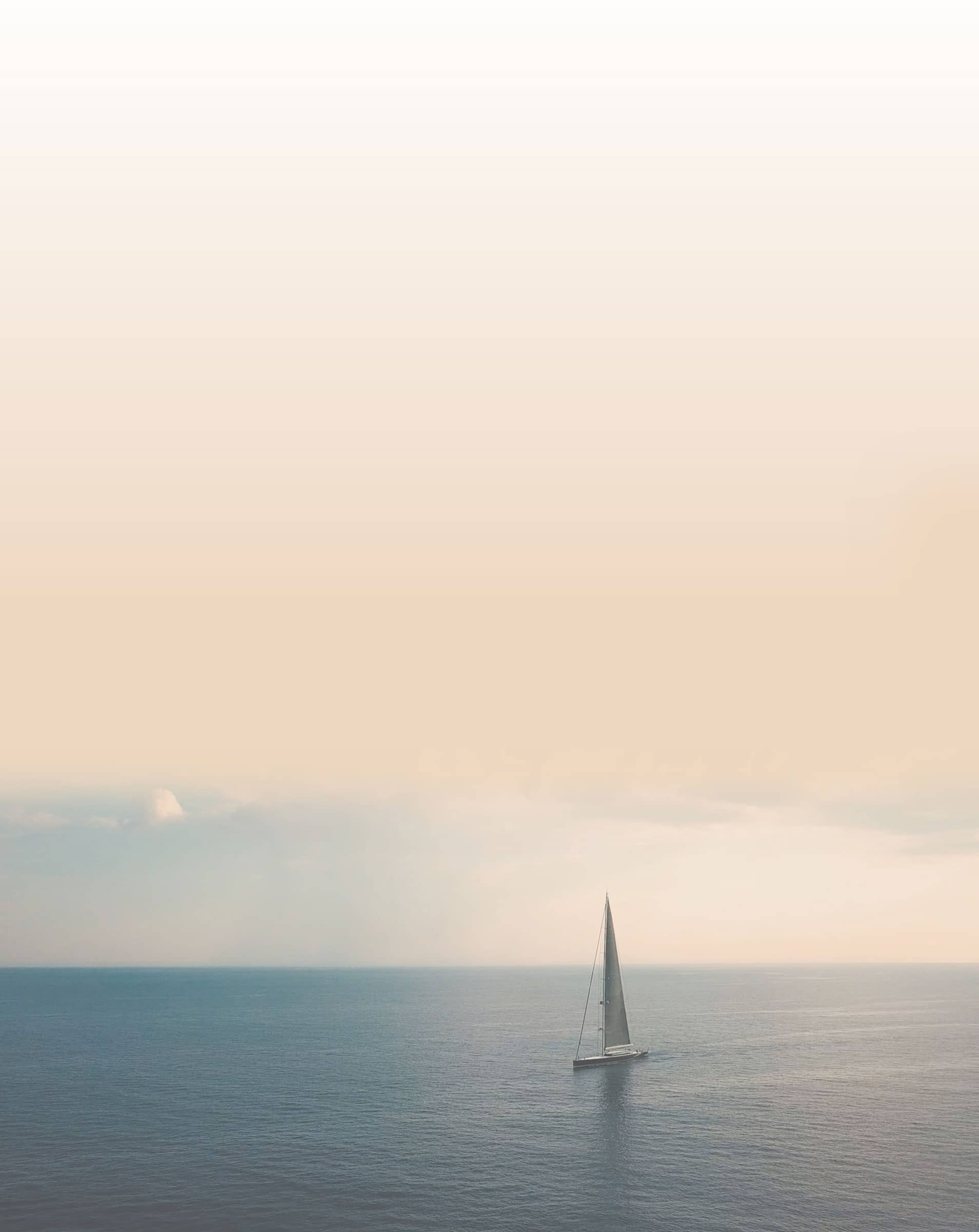Montenegro Travel Guide
Welcome to the travel guide for one of Europe’s most overlooked stunning holiday destinations – Montenegro.
Montenegro’s varied terrain includes serene lakes, majestic mountains, deep valleys, and historic seaside cities. Montenegro has something to offer every kind of traveler, whether looking for quiet beaches, history, or action. Let’s check out our Montenegro travel guide and discover Montenegro’s undiscovered treasures when to visit Montenegro, and why.
Why Visit Montenegro?
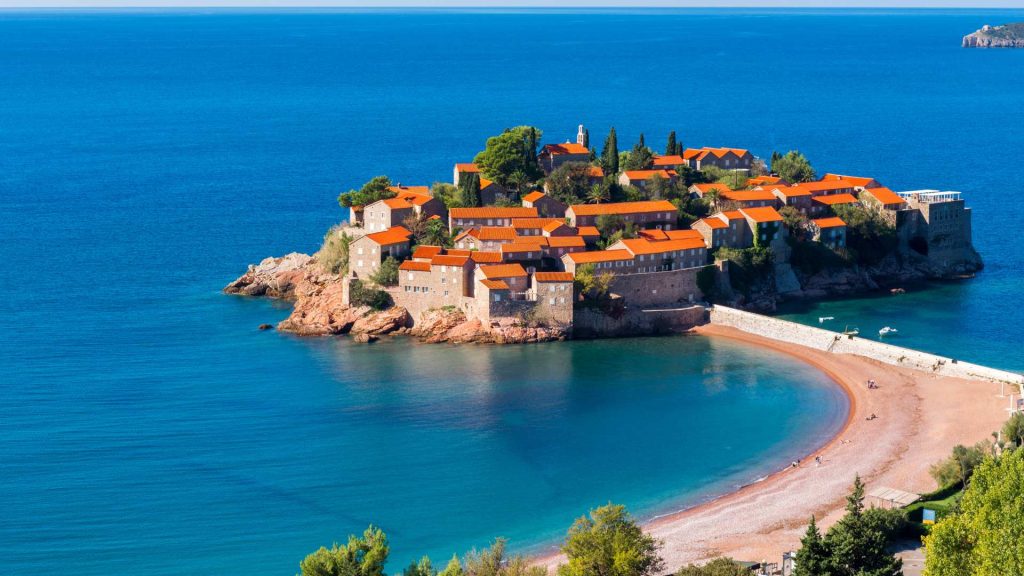
Imagine going from swimming in the warm Bay of Kotor to climbing in a national park with snow-capped peaks in a day!
The nation is a veritable gold mine of natural wonders, with a deep history and a dynamic culture influenced by various civilizations, such as Roman, Venetian, Ottoman, and Slavic.
Montenegro is a destination worth considering for your upcoming vacation.
Stunning Natural Landscapes
Montenegro’s landscape varies from lush mountains and dramatic coastline cliffs to deep canyons. With about 80% of the country covered in Mountains, you just have to explore and experience it!
Rich History and Culture
Ancient coastal towns such as Kotor and Budva date millenniums and offer a window into Montenegro’s fascinating past. Old Royal Capital Cetinje, on the other hand, is the beating heart of Montenegro’s culture, history, and heritage. Do a Mini Montenegro tour and visit Cetinje, Lovćen Mausoleum, and more to experience this side of Montenegro.
Outdoor Adventures in Montenegro
Adventure lovers have countless opportunities, from Tara River Rafting to hiking in Durmitor National Park. Extreme canyoning has been gaining popularity recently, so visit our Canyon Nevidio! These are some outdoor experiences and day trips you can do in Montenegro.
Affordability
Compared to nearby destinations like Croatia or Italy, Montenegro is far more affordable and offers excellent value for accommodation, dining, and activities. Remember that prices in Montenegro are seasonal, increasing during the summer months. Also, the coastal/bay area is more expensive than central or northern Montenegro.
Best time to visit Montenegro
Montenegro is a year-round destination, but your experience will vary depending on the time of year you visit.
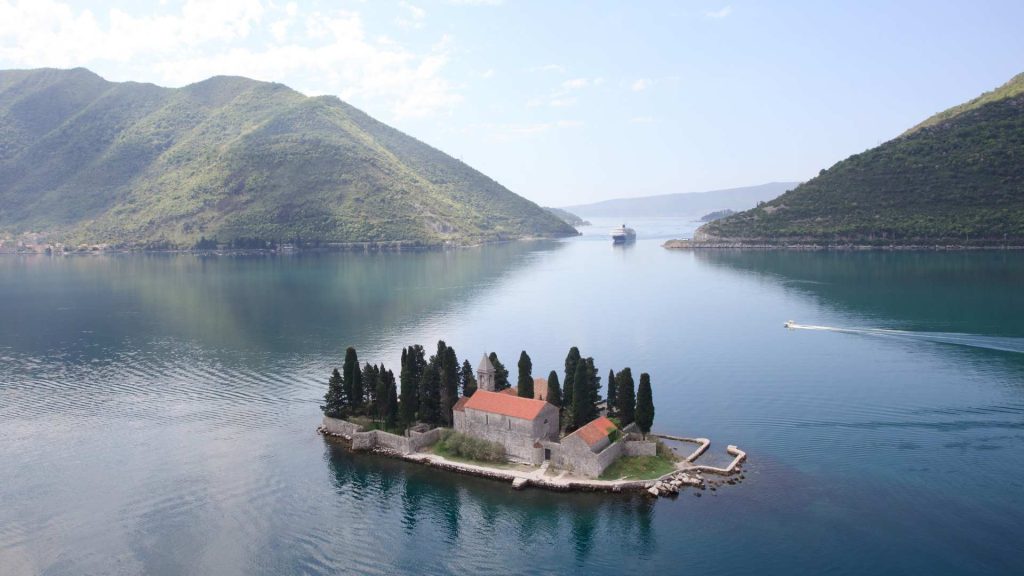
Spring in Montenegro (April to May)
Spring is a fantastic time to visit if you enjoy mild temperatures and blooming landscapes. It is ideal for hiking in national parks such as Lovćen or Durmitor and visiting historical towns before the summer crowds arrive.
Summer in Montenegro (June to August)
Summer is peak season, especially along the coast. This is the best time to enjoy Montenegro’s beaches, such as those in Budva, Sveti Stefan, or Ulcinj. While it gets crowded in popular spots like Kotor, the weather is perfect for boat trips, swimming, and soaking up the Mediterranean sun.
Autumn in Montenegro (September to October)
With cooler temperatures and fewer tourists, autumn is ideal for exploring cultural and natural wonders without the summer rush. The Adriatic Sea is still warm, and the forests of the north burst into brilliant fall colors.
Winter in Montenegro (November to March)
If you’re a winter sports enthusiast, Montenegro’s mountain regions, especially in the north around Durmitor and Kolašin, are perfect for skiing and snowboarding. Coastal towns remain relatively quiet during the winter, providing a peaceful, reflective atmosphere.
Exploring Montenegro’s Regions
No Montenegro travel guide should go without exploring the regions of Montenegro. Divided into several distinct areas, each offers a unique charm and experience.
South of Montenegro: Historic Towns and Stunning Beaches of the Adriatic Coast
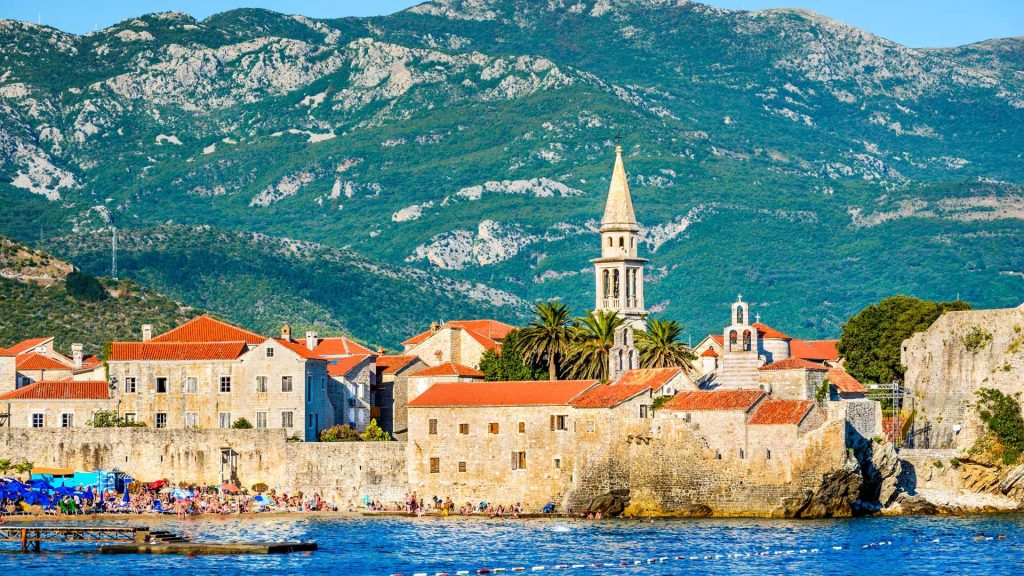
The coast is undoubtedly one of Montenegro’s highlights, with charming medieval towns and stunning beaches.
Kotor
One of Montenegro’s most iconic destinations, Kotor is a UNESCO World Heritage Site known for its well-preserved medieval architecture and spectacular fjord-like bay. Be sure to climb the ancient city walls for breathtaking views over the Bay of Kotor.
Budva and Sveti Stefan
Known for its vibrant nightlife and sandy beaches, Budva is a hotspot for both tourists and locals. The old town, with its narrow stone streets, is filled with history, while the surrounding beaches offer plenty of opportunities to relax or engage in water sports.
Sveti Stefan is a small islet and one of Montenegro’s most photographed locations. It features luxury resorts and pristine beaches, making it a must-see for those interested in history and beach lounging.
Bar
Bar is a coastal city in Montenegro known for its stunning Adriatic beaches, historical sites, and vibrant port. Key attractions include the Old Town of Bar, its ancient ruins, and the iconic Stari Bar fortress, offering glimpses into the region’s rich cultural heritage.
Ulcinj
Situated near the border with Albania, Ulcinj boasts some of Montenegro’s best sandy beaches, like Velika Plaža, which stretches for over 12 kilometers. The town has a rich Ottoman history, evident in its architecture and vibrant culture.
Central Montenegro: History, Culture, and Mountain Vistas
Moving inland, Montenegro’s central region is home to the country’s historical and cultural heart.
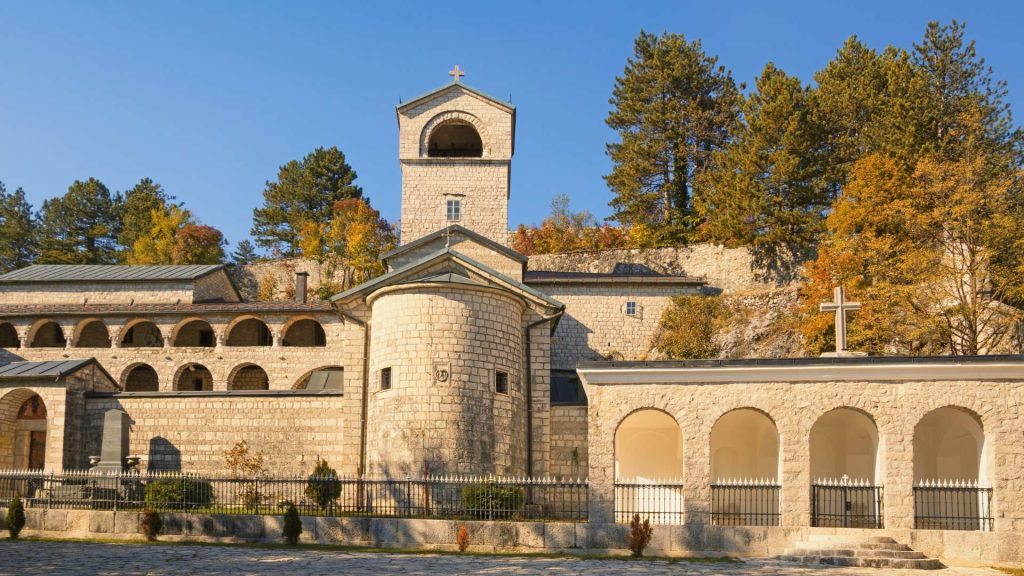
Cetinje – Old Royal Capital
Once the royal capital, Cetinje remains a cultural hub known for its monasteries and museums. The city provides insight into Montenegro’s rich historical heritage and quest for independence.
Lovćen National Park
Dominated by Mount Lovćen, this park is a top destination for hikers and nature lovers. The Njegoš Mausoleum, perched at the top of the mountain, honors Montenegro’s most famous poet and ruler. The panoramic views from the summit are breathtaking.
Skadar Lake
This vast freshwater lake is the largest in the Balkans and a birdwatcher paradise. The lake straddles the border with Albania, and its wetlands are home to over 280 bird species, including rare pelicans—a perfect day trip from Kotor.
Ostrog Monastery
Ostrog Monastery is a remarkable Orthodox monastery nestled in the cliffs of central Montenegro. It is a significant pilgrimage site, renowned for its stunning location and Saint Basil of Ostrog relics, attracting visitors seeking spiritual solace and breathtaking views.
The North: Montenegro Travel Guide to the Untouched Wilderness and Adventure
For adventure seekers, the northern part of Montenegro offers wild beauty and opportunities for outdoor activities.
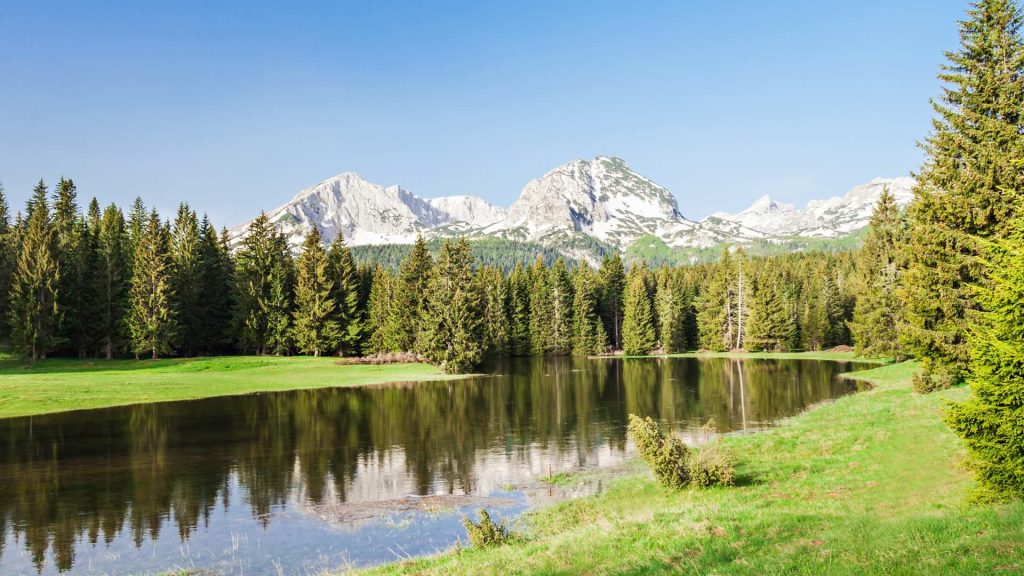
Durmitor National Park
A UNESCO World Heritage Site, Durmitor is Montenegro’s most famous national park. It’s home to the towering Bobotov Kuk Peak, the king of south Durmitor – Prutaš Peak, the glacial Black Lake, and the Tara River Canyon. The park offers endless hiking, rafting, and climbing options.
Tara River Canyon
One of Europe’s deepest canyons, the Tara River Canyon offers exhilarating white-water rafting. The river cuts through lush forests and cliffs, making it one of the most scenic adventures in Europe.
Kolašin and Žabljak
These mountain towns are gateways to the country’s ski resorts and hiking trails. Žabljak is especially popular for winter sports enthusiasts, while Kolašin offers year-round activities from skiing to summer hiking.
The Accursed Mountains: Prokletije National Park
The Accursed Mountains, or Prokletije, in Montenegro, are a dramatic and rugged mountain range known for their breathtaking peaks, deep valleys, and remote beauty. They are a haven for hikers and nature enthusiasts, offering some of the most stunning and untouched landscapes in the Balkans.
Discover these Gems, which are a must-see in Montenegro
While Montenegro’s well-known destinations are spectacular, there are also plenty of hidden gems that deserve attention.
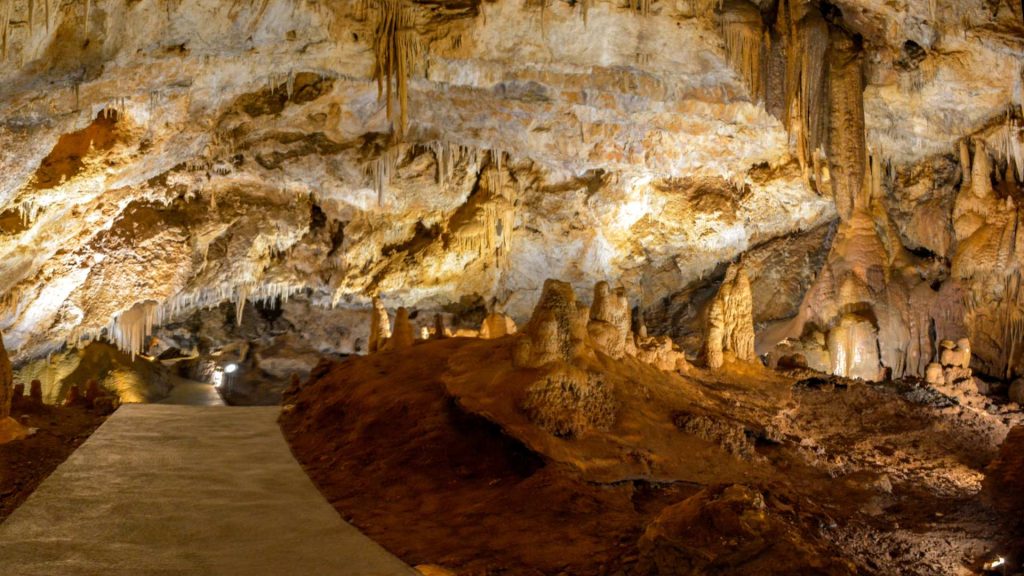
Perast and Our Lady of the Rocks
Nestled along the Bay of Kotor in Montenegro, Perast is a quaint and historic town renowned for its exquisite views of the surrounding mountains and sea and its exquisitely maintained Baroque architecture. The famous islet of Our Lady of the Rocks, a man-made island with a stunning Catholic church and museum, is right off its shore. Legend states that sailors formed the island by erecting stones around an icon of the Virgin Mary they discovered on a rock in the water, eventually forming the islet. These days, many people travel to Our Lady of the Rocks because of its fascinating history, exquisite murals, and nautical relics.
Boat tours from Kotor are a perfect choice for those who wish to visit Our Lady of the Rocks and Blue Cave while experiencing all the other highlights of Kotor Bay.
Biogradska Gora National Park
One of the last three primeval forests in Europe, Biogradska Gora is a hidden gem for nature lovers. Its serene lake, surrounded by untouched forest, is perfect for peaceful walks, hikes, or canoeing.
Komovi Mountains
Located in the east, near the border with Albania, the Komovi range is less visited than Durmitor or Lovćen but offers equally stunning hiking trails with fewer crowds.
Lipa Cave
Lipa Cave is one of Montenegro’s largest and most impressive karst caves near Cetinje. It features a network of fascinating tunnels, halls, and underground lakes, offering visitors a unique glimpse into the country’s natural underground beauty.
Conclusion
Montenegro is a land of contrasts, where ancient cities meet untouched wilderness, and adventure and relaxation go hand in hand. Whether you’re rafting through the Tara Canyon, exploring the narrow streets of Kotor, or hiking to the peaks of Durmitor, Montenegro promises unforgettable experiences. With its rich history, diverse landscapes, and warm hospitality, this small country packs a punch well beyond its size. Now is the perfect time to discover Montenegro, Europe’s best-kept secret.

